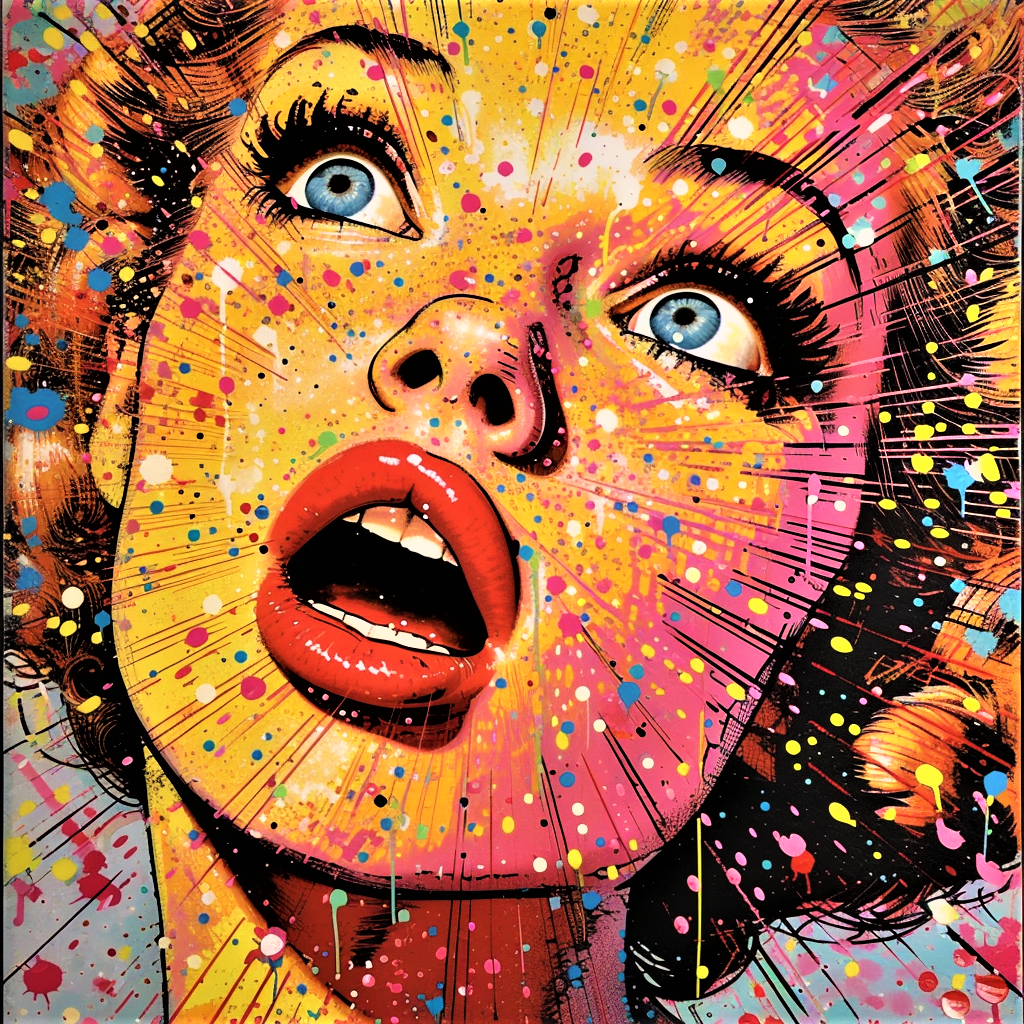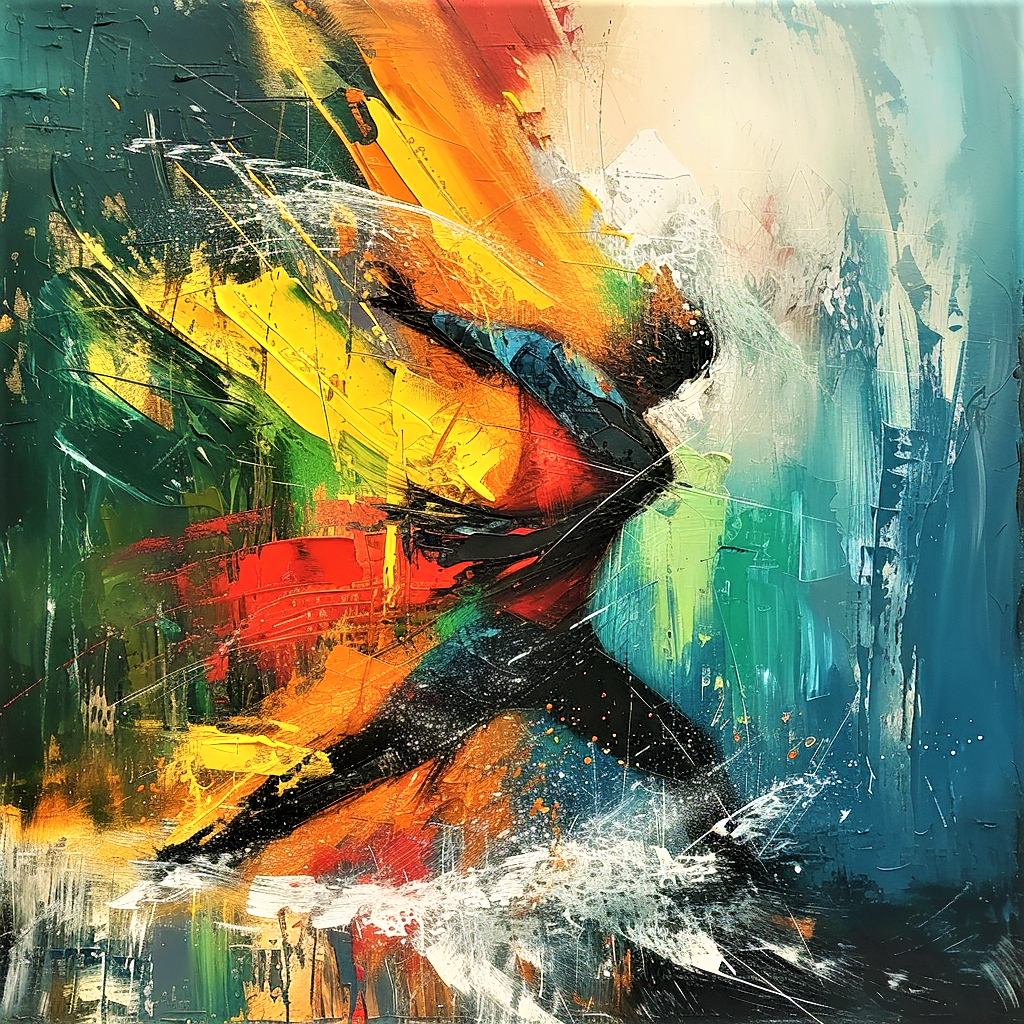Introduction:
In the mid-20th century, a dynamic and expressive form of artistic expression emerged, emphasizing the spontaneity and physicality of the artist's movements. Gestural Art, also known as Action Painting or Tachisme, celebrated the act of painting itself, where the artist's gestures and emotions took center stage. This blog post unveils the vibrant world of Gestural Art, exploring its origins, key principles, and the profound impact of capturing the essence of movement on the canvas.
The Essence of Gestural Art:
Gestural Art places a profound emphasis on the physical act of painting. Rather than focusing solely on the final product, gestural artists seek to convey the immediacy of their actions, capturing the energy, emotion, and movement involved in the creation of the artwork. This approach often results in dynamic and visually expressive compositions.
Key Principles of Gestural Art: Spontaneity and Action:
At the core of Gestural Art is the celebration of spontaneity and action. Artists engage in the process of painting with unrestrained gestures, allowing their movements to dictate the composition. The canvas becomes a stage for the artist's physical expression.
Emotional Release:
Gestural Art serves as a channel for emotional release. The act of painting becomes a cathartic experience, where the artist's emotions are translated directly onto the canvas. Each brushstroke or gesture becomes a tangible manifestation of the artist's inner world.
Physicality and Material Exploration:
Artists often explore the physicality of paint and other materials. The tactile quality of the medium is embraced, with artists using techniques such as dripping, splattering, and vigorous brushwork to create texture and depth. The canvas becomes a terrain for both artistic expression and material exploration.
Impact on the Art World: Pioneer of Abstract Expressionism:
Gestural Art played a pivotal role in the development of Abstract Expressionism. Artists associated with this movement, including Jackson Pollock and Willem de Kooning, embraced gestural techniques to push the boundaries of traditional painting and create emotionally charged artworks.
Freedom from Formal Constraints:
Gestural Art liberated artists from formal constraints, offering a departure from representational art. The emphasis on the act of painting itself encouraged artists to explore new possibilities and redefine the relationship between artist and canvas.
Global Influence:
The influence of Gestural Art extended globally, inspiring artists in Europe, Asia, and beyond. Various iterations of gestural techniques emerged, contributing to the diversity of artistic expression on an international scale.
Legacy and Continued Influence:
Gestural Art's legacy endures as a celebration of the artist's physical presence on the canvas. Its influence can be seen in contemporary art practices that embrace spontaneity, physicality, and the visceral connection between artist and artwork.
Conclusion:
As we unveil the vibrant world of Gestural Art, we step into a realm where the canvas becomes a stage for the dance of spontaneous gestures. Gestural Art captures not only the visual expression but the very essence of movement, emotion, and the artist's unique engagement with the act of creation. It stands as a testament to the power of artistic spontaneity and the profound impact of the artist's physical presence on the canvas of creative exploration.





